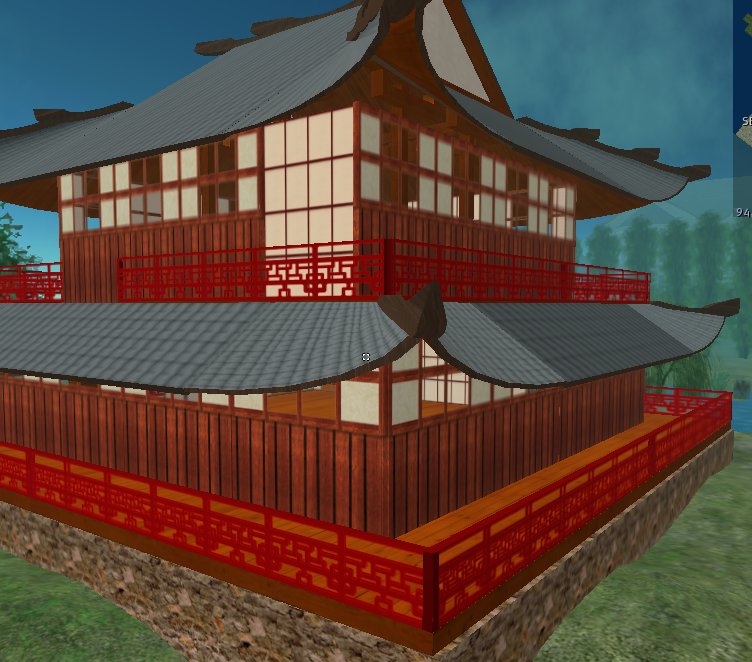

In addition to the main house, this vast estate includes some fireproof storehouses (kura), a Shinto shrine, several ancestral tombs, and wooded hills, which were the source of firewood and charcoal before electricity or gas became available. The front entrance of this house is used only for ceremonial occasions such as weddings or funerals, while family members normally use a smaller door on the side of the house. In the years after the Meiji Revolution, such houses continued to speak of the status and sophistication of the owner.
#Traditoinal japanese house roofs full
A stone pavement runs from the mon to the central gate in the second boundary wall, where one gets the first full view of this majestic two-storey house surrounded by aged cedar trees Shoin-style houses were considered a privilege of the samurai class during the 15th century, but had become an acceptable style for people like village headmen and wealthy merchants or farmers toward the end of the Edo Period (1600-1867). The house is hidden from view from the main gate (mon). A wooden fence (itabei) made of scorched planks of Japanese cedar lines the approach to the Sato house and extends seemingly endlessly. While the exterior and parts of this imposing edifice are built to withstand extreme weather conditions, parts of the interior have been designed in the delicate aristocratic Shoin style. The Sato house was built in 1894 in this harsh countryside. Removing snow from their roofs and entrances is part of the daily routine of life in Oomagari City. This makes the interior of the homes dim for months on end, while the outdoors are bright with snow.
#Traditoinal japanese house roofs windows
The traditional houses here are wrapped with boards and rice straw mats (mushiro) to protect glass windows and doors from snow falling off roofs. Scarlet-tinged autumn leaves herald the coming of the long winter, prompting local people to set about winter-proofing their homes. Winters here are severe, and everything mantles over with thick snow from November to April, presenting a beautiful sight on moonlit nights. Akita Prefecture, located near the Japan Sea in the northern part of Honshu, the main island of Japan. Koichi Sato is the I Ith head of a family of landowners in Oomagari City.


 0 kommentar(er)
0 kommentar(er)
